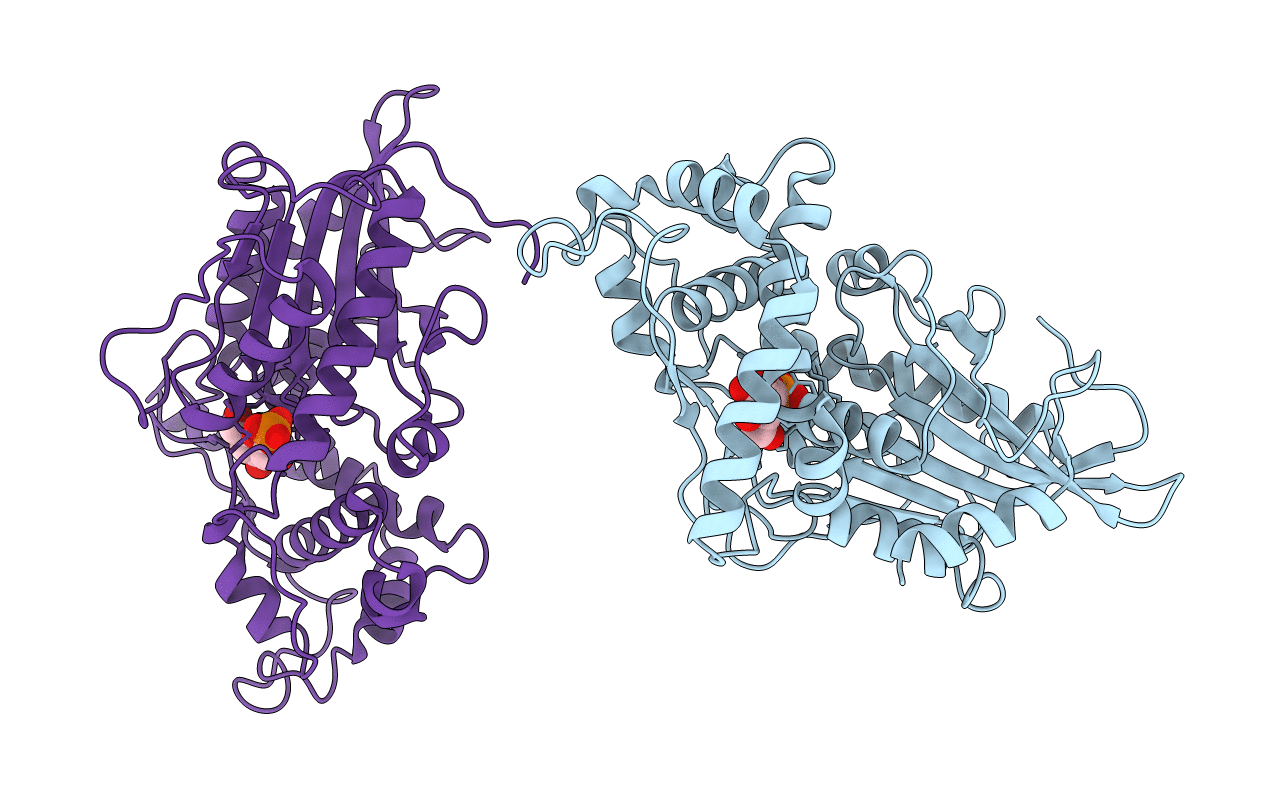
Deposition Date
2003-01-28
Release Date
2004-01-13
Last Version Date
2024-11-06
Entry Detail
PDB ID:
1NT4
Keywords:
Title:
Crystal structure of Escherichia coli periplasmic glucose-1-phosphatase H18A mutant complexed with glucose-1-phosphate
Biological Source:
Source Organism:
Escherichia coli (Taxon ID: 562)
Host Organism:
Method Details:
Experimental Method:
Resolution:
2.40 Å
R-Value Free:
0.28
R-Value Work:
0.21
R-Value Observed:
0.21
Space Group:
H 3


